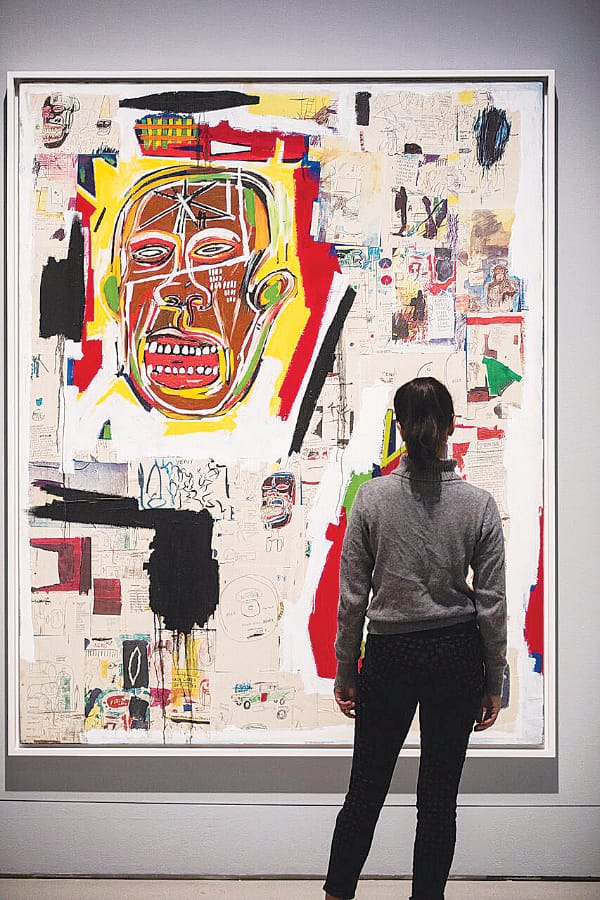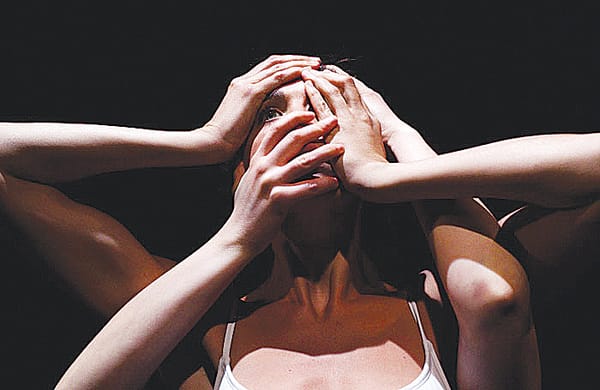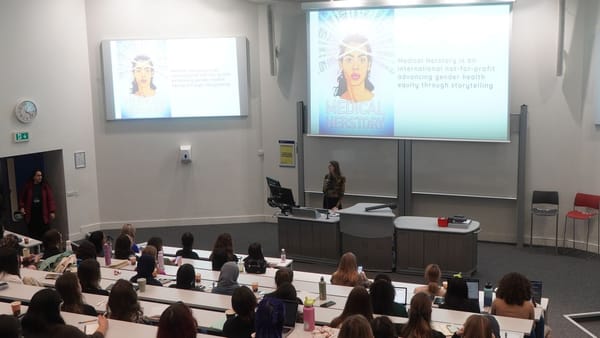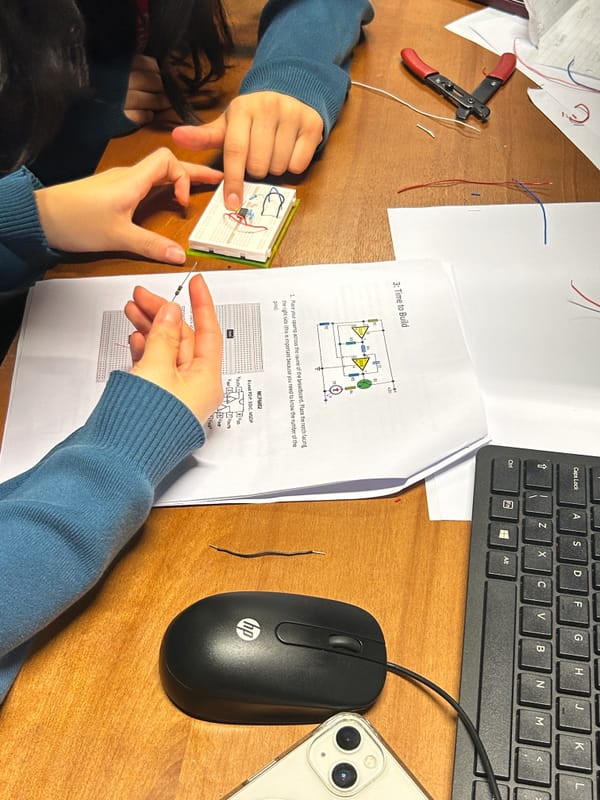Royal Academy shows the links between two titans
Their latest exhibition explores the links between Salvador Dalí and Marcel Duchamp, two of the most influential artists of the 20th century

Salvador Dali and Marcel Duchamp are both regarded as two of the twentieth century’s most influential artists, but are often seen as polar opposites. Although their personal and professional lives have been studied extensively in literature, this exhibition at the Royal Academy is the first to display their works side by side, exploring their friendship. Duchamp’s work is highly conceptual; today he is perhaps most commonly remembered for Fountain, a displaced urinal he submitted to an open exhibition under a pseudonym, only to defend it in a magazine under his own well-regarded name once it had been rejected. Duchamp rejected the idea that art was meant to be aesthetically pleasing. Although he personally distanced himself from any movements, he was highly associated with the Dadaism; an avant-garde, intellectual movement wherein artists produced art rejecting bourgeois values in the wake of the First World War.
Dali, on the other hand, is best known for his highly technical, renaissance-influenced surrealist paintings, exploring the dream world post-Freud, moving away from rational thought. His persona was based on a ‘love of everything that is gilded and excessive’, and he was highly criticised for returning to Spain during Franco’s reign, living out his final years with his wife in a castle. Despite these differences in philosophy and outlook, the playful artists were united in their wit and cynical view on life and art. The exhibition presents common themes in the Artists’ work across three rooms. The first, Identity is both chronological and thematic. A highlight is Dali’s A Portrait of my Father (1925), painted just after Dali had been kicked out of the Academy in Madrid for telling his examiners they were unfit to judge him. This is alongside Duchamp’s Portrait of the Artist’s Father (1910), looking thoughtful and fatigued. It is clear that although Duchamp was 17 years older than Dali, their interests and satirical rebellion followed similar trajectories, pushing the boundaries of cubism and futurism. Their shared sense of humour can be seen in their moustachioed takes on the Mona Lisa. Duchamp’s is titled with a pun – L.H.O.O.Q (1919) sounding out the French sentence “She has a hot arse.” while Dali’s Self Portrait as the Mona Lisa (1964) parodies his own self-centredness.
The second room, The Body and the Object explores how both men challenged conventional media of art. Duchamp’s ready-mades including the fountain and bicycle wheel sit on a backdrop of Dali’s antipaintings; a series of abstract shapes on canvas which were an expression of his frustration over whether an original form of painting could ever be found. For Fisherman in the Sun, Dali refused to be restricted by the confines of the canvas and used rope to extend it. Both artists abandoned painting. Duchamp permanently in 1913, and Dali temporarily in 1928. Although this is before the artists’ friendship, it is possible that Dali had been influenced by Duchamp criticism of art being appreciated only on a ‘retinal’ level.
“The exhibition is the first to display their works side by side, exploring their friendship”
Perhaps another topic of conversation in their 30-year friendship was fascination with science and questioning reality. Dali’s Apparition of Face and Fruit Dish on a Beach (1938) is full of visual puns. Once a few are recognised, the reader is tricked into looking for more, finding shapes in the clouds perhaps where they were not originally intended. These optical illusions were an exploration of his interest in psychoanalysis and reality itself. Duchamp’s ‘three standard stoppages’ is my favourite work in the exhibition – three meter-long ropes were dropped from a height and their new length end-to-end encased in glass and declared a ‘standard’ unit of measurement, almost laughing at the arbitrary bases of physics.
Another common theme of the artists’ work is eroticism and voyeurism. Although Dali and Duchamp are not the only men in the world to have appreciated nudes, their artworks and lewd puns extend beyond the chat of dirty old men. Duchamp’s final work, which he worked on in secret over the last two decades of his life, Étant donnés (1946-1966) is too fragile to travel but is represented with a photograph. The work is perhaps one of the first art installations, and sits at the Philadelphia Museum of Modern Art behind a wooden door that must be peeked through. Inside lies a diorama of a naked woman lying with her legs splayed apart on a bed of twigs and fallen leaves. This sits alongside Dali’s near pornographic paintings, including The First Days of Spring. Both artists play with a reductive perspective of desire.
The focus of the final section, Experimenting with Reality and perhaps the whole exhibition is a replica of Duchamp’s large glass, The Bride Stripped Bare by her Bachelors, Even. The objects suspended in the panels – including cones that were left to gather dust to depict ‘slow’ art – are particularly impressive. This piece took over 10 years to complete. A parallel is drawn between the glass and Dali’s Christ of Saint John of the Cross (1951). Both are the size of altar pieces and have a definite top and bottom half, but this comparison seems the crudest and weakest of the whole exhibition, perhaps an excuse to present one of Duchamp’s most interesting pieces, for which the interpretations are endless.
One of the final works in the exhibition is a photograph of Dali and Duchamp sat playing chess, a shared hobby and fascination which served as inspiration for both. The exhibition adds a personal dimension to the understanding of both artists, investigating a friendship that spanned decades and continents, allowing us to better understand the emotions of two revolutionary painters.
4 Stars
Where? Royal Academy
When? 7th October 2017 – 3rd January 2018
How Much? £15; £10 students








